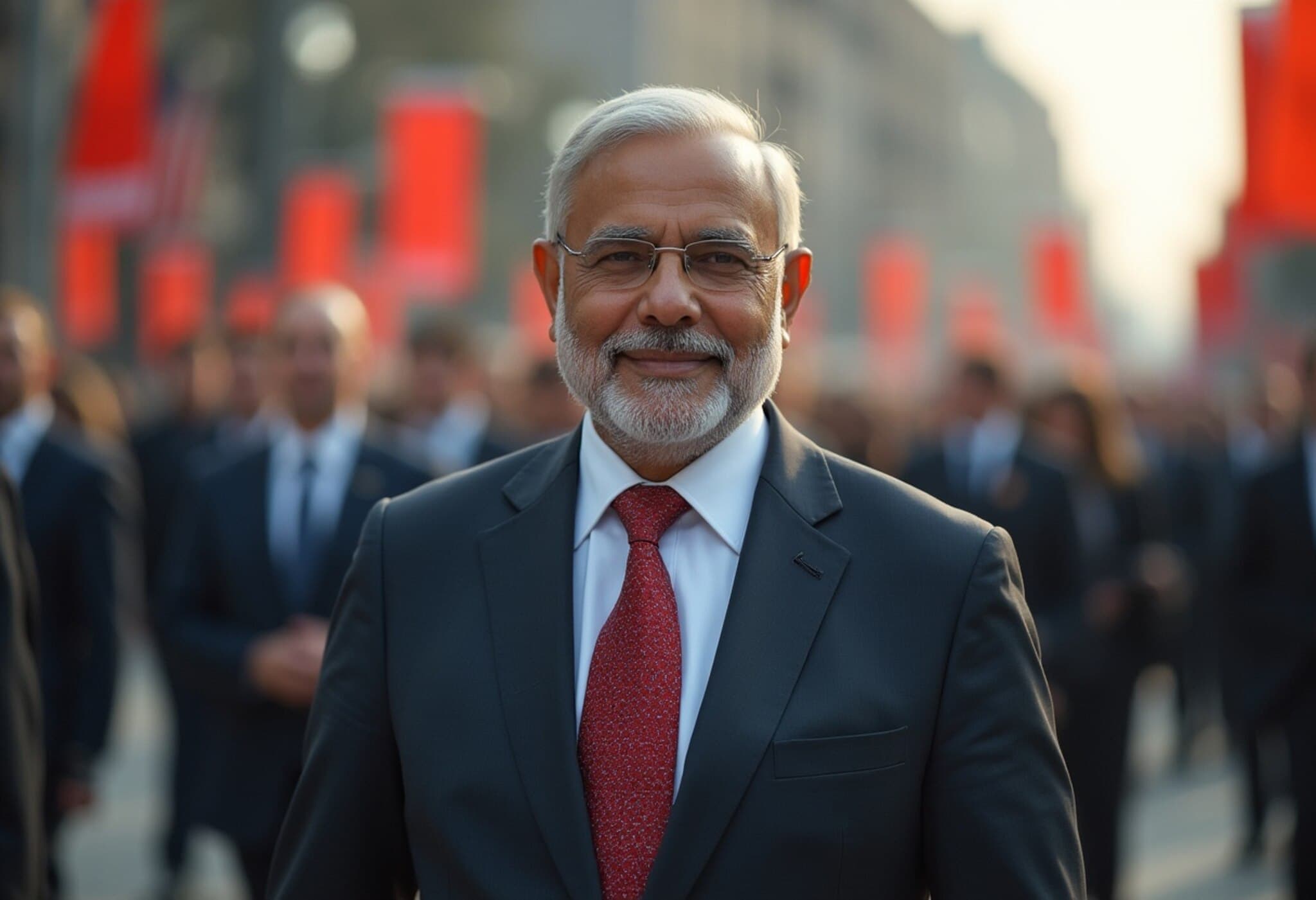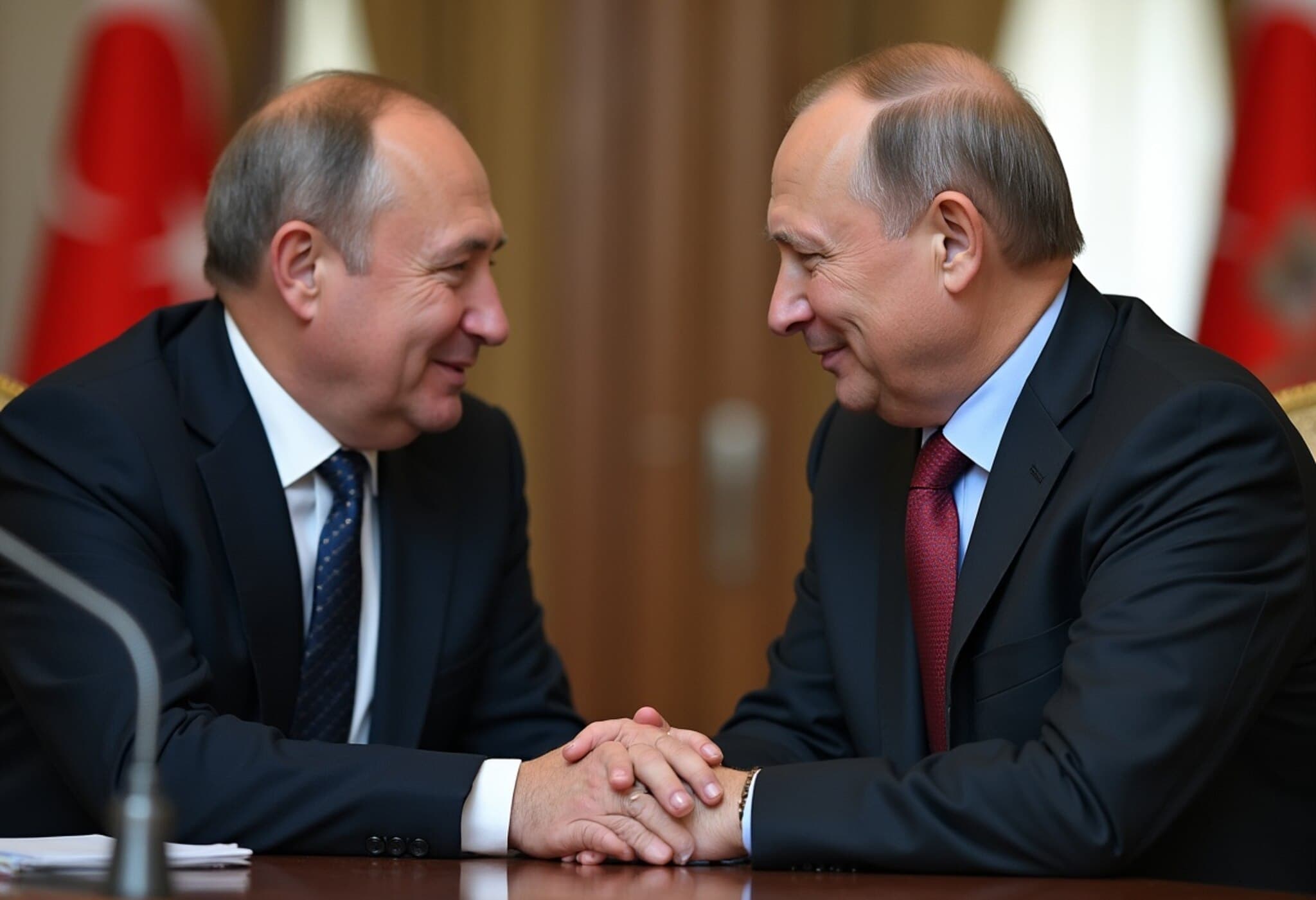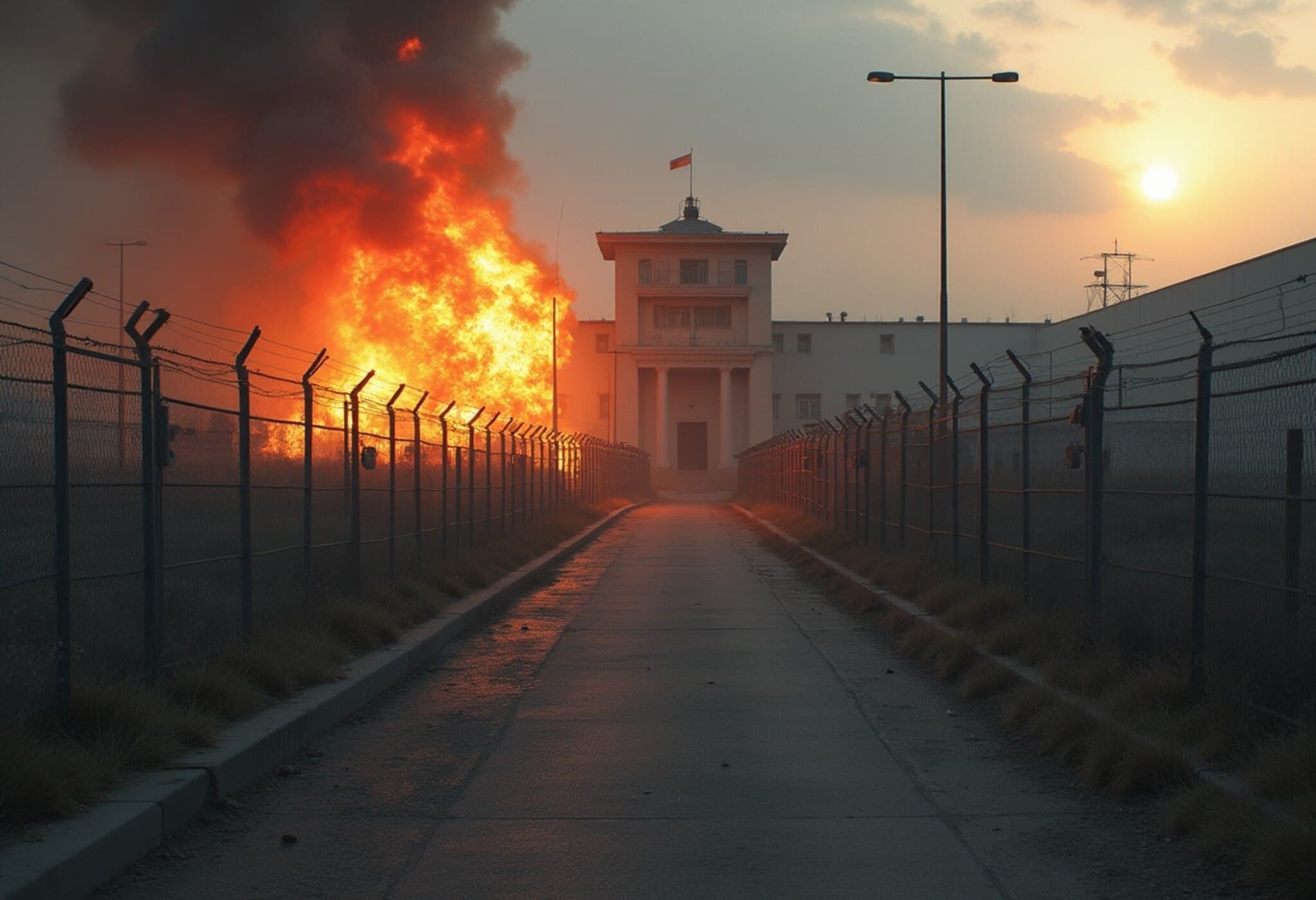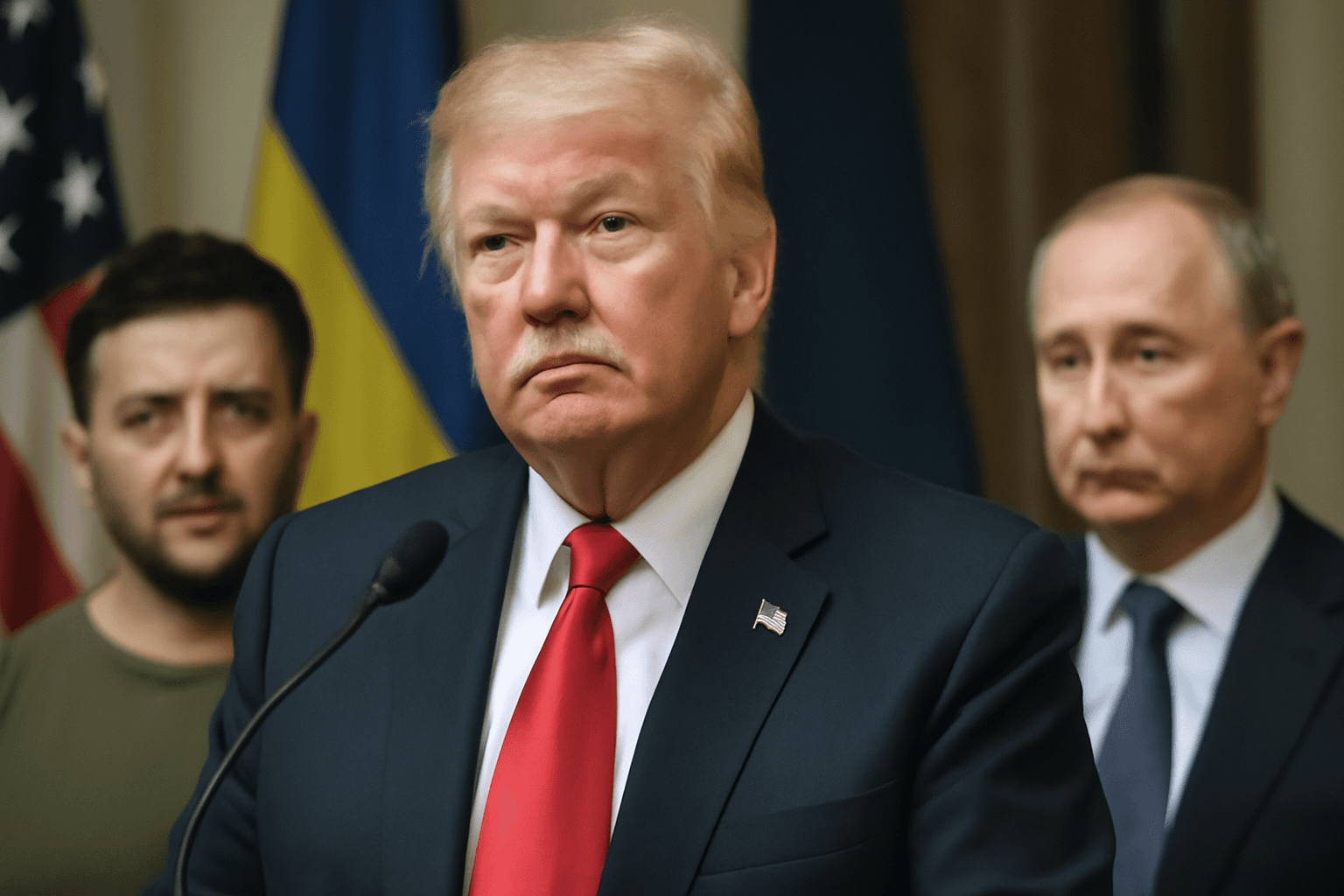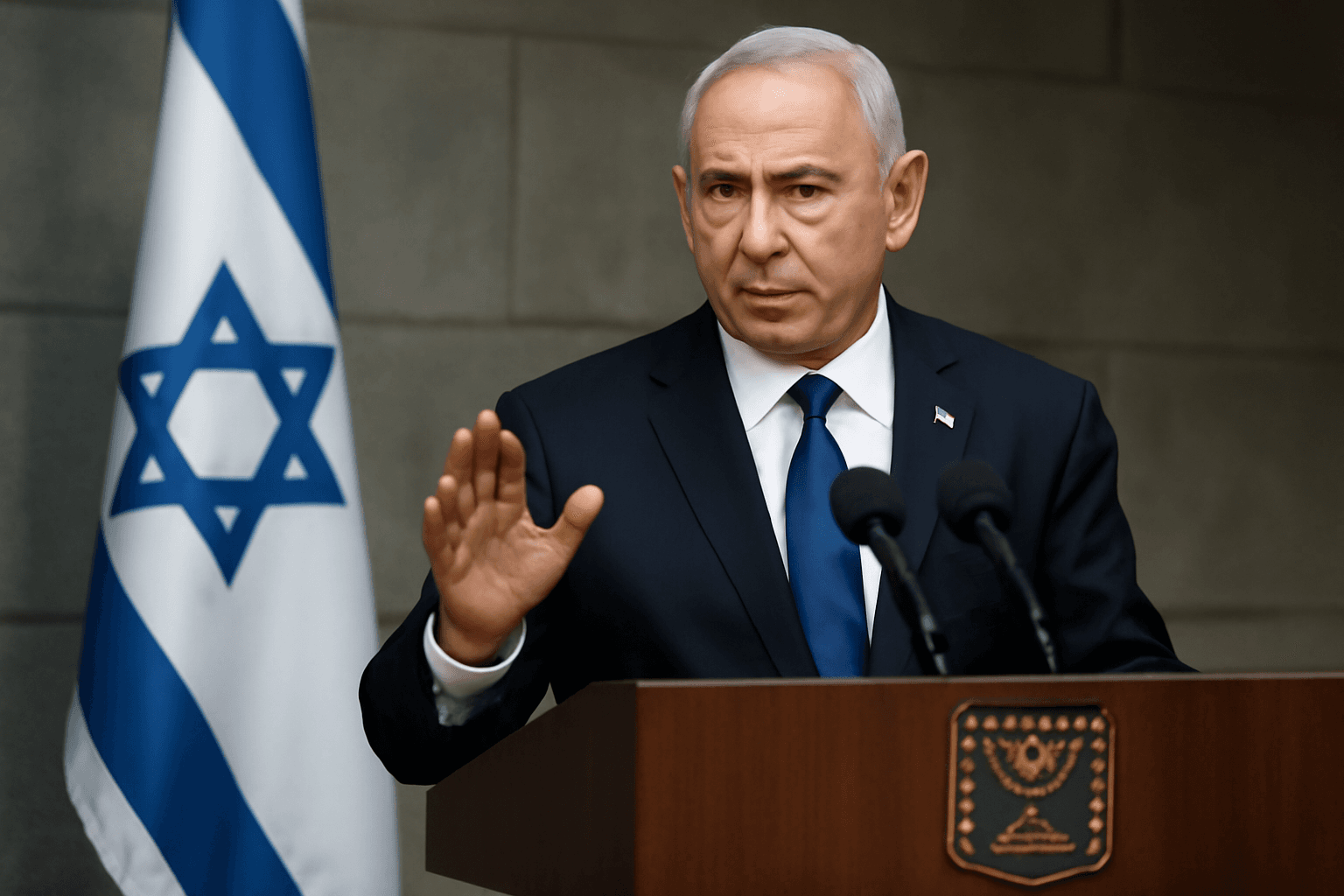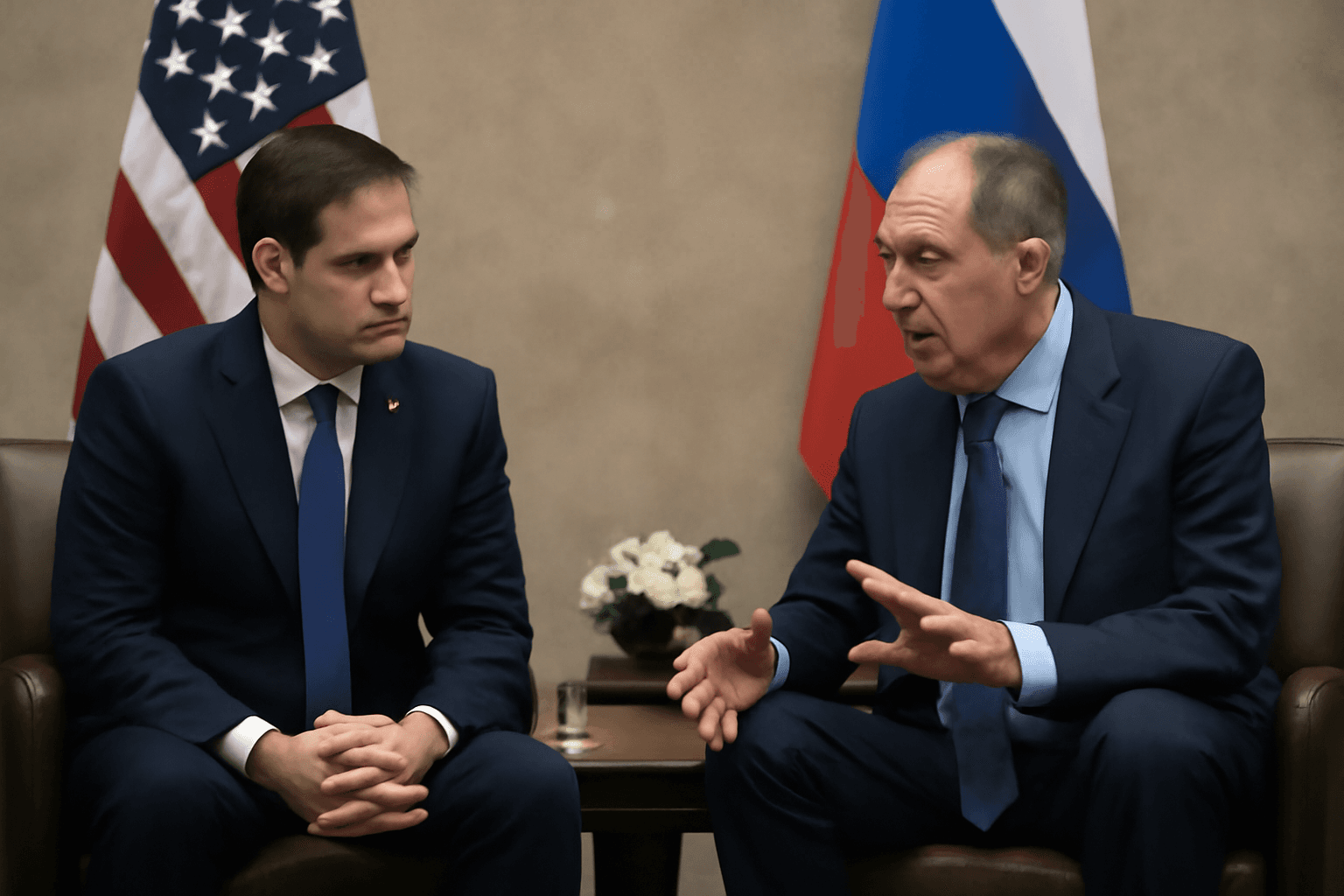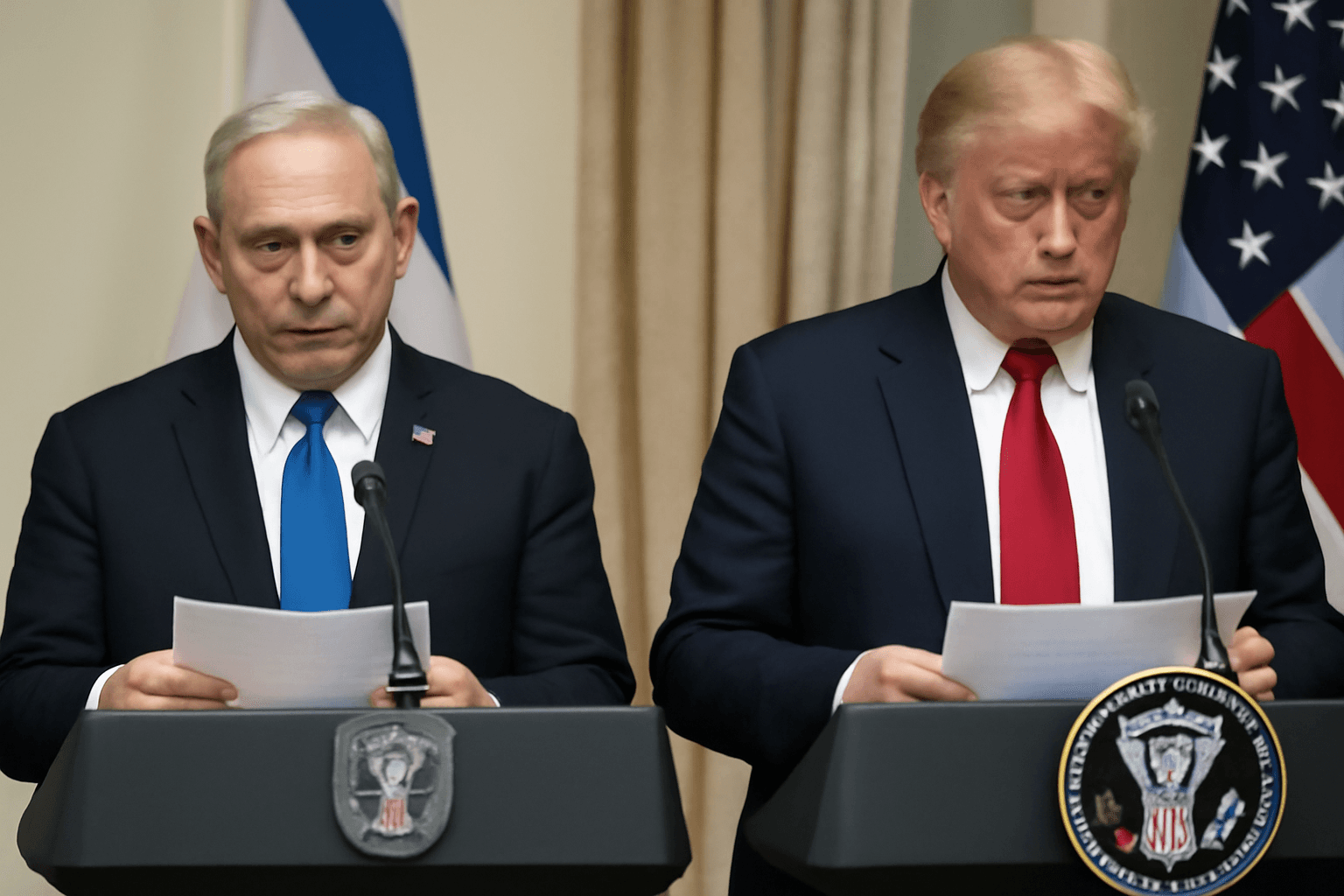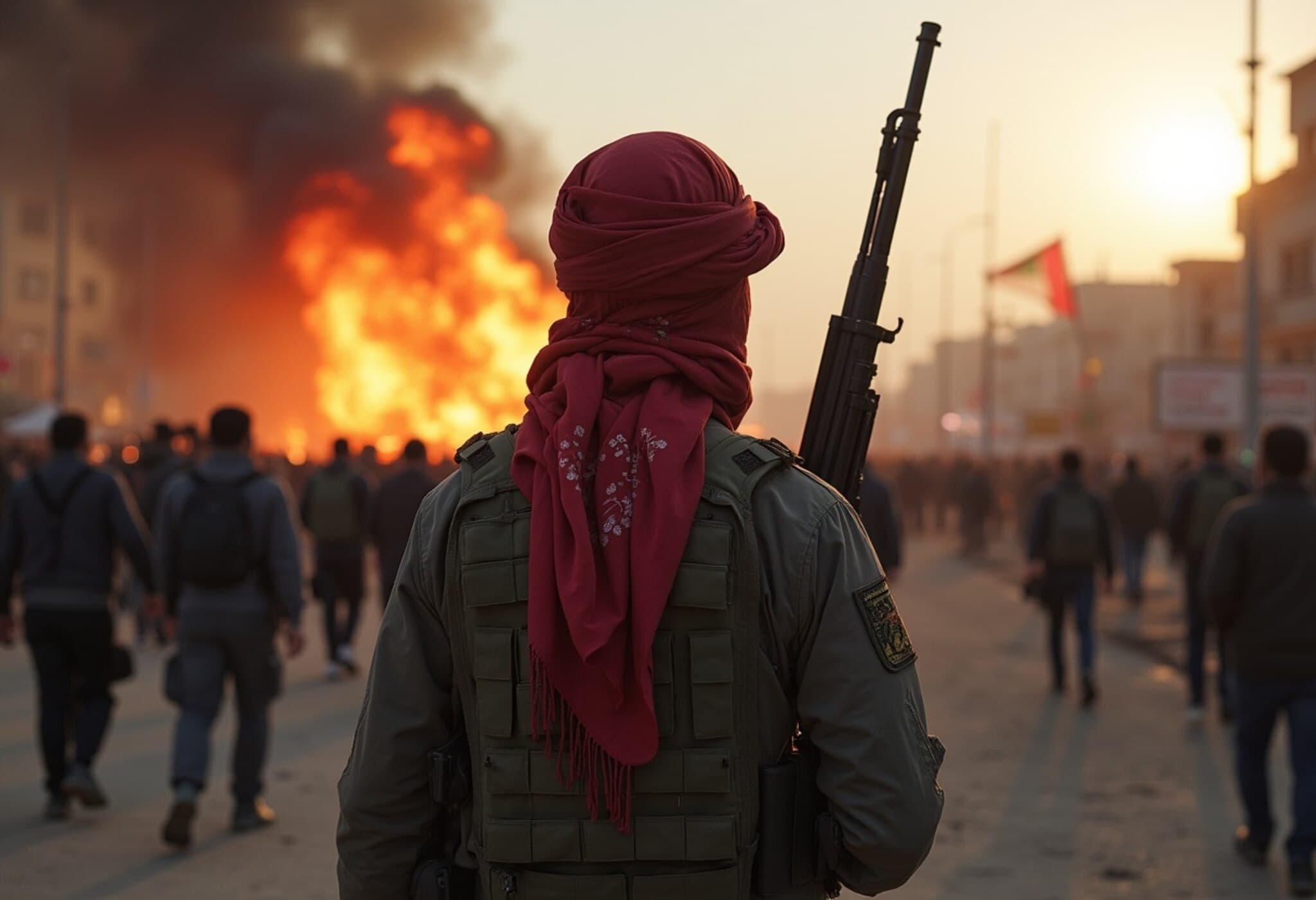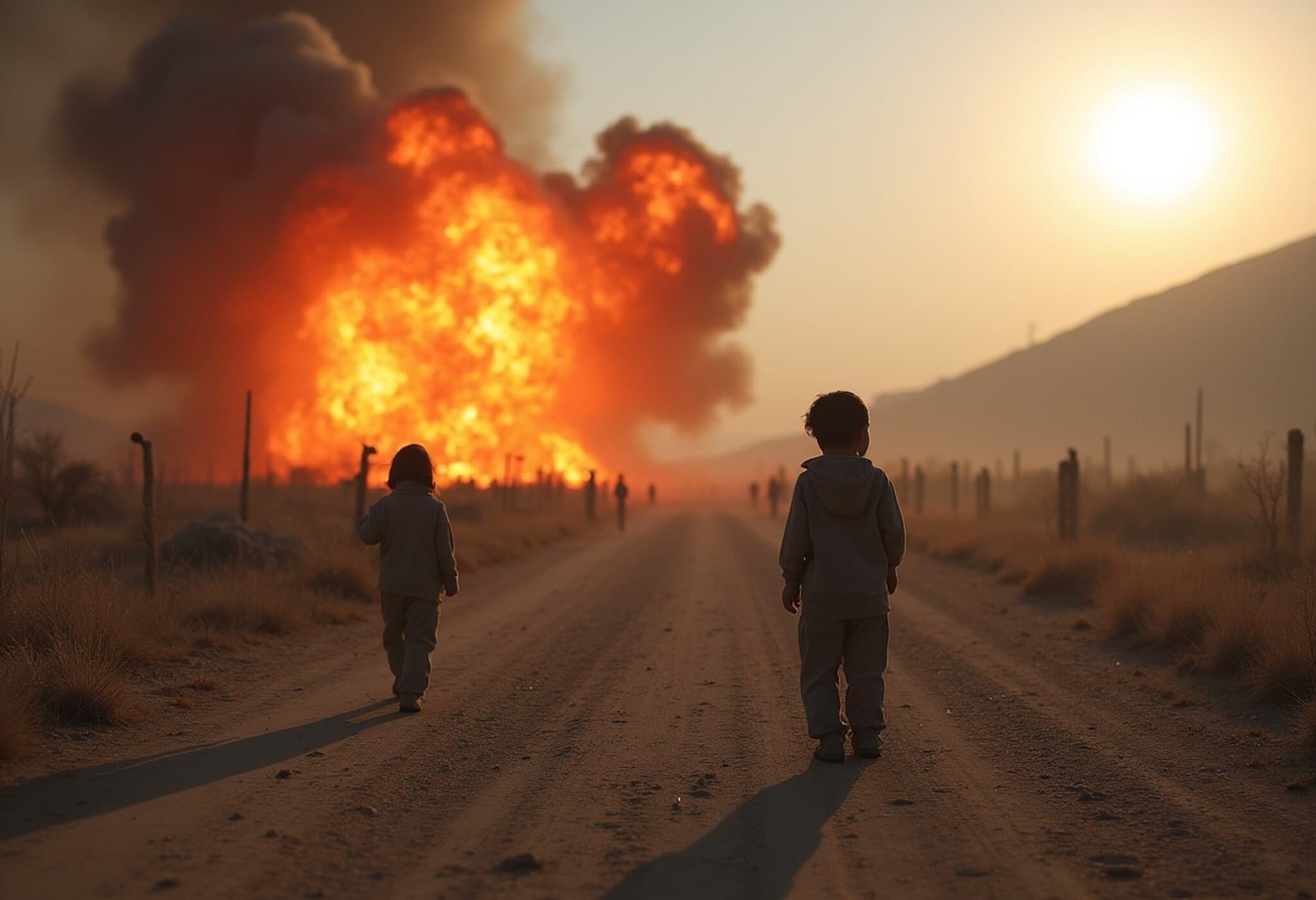India’s Pragmatic Stance Amid US Tariff Surge and Geopolitical Challenges
As the world grapples with heightened geopolitical tensions and shifting alliances, India finds itself at the crossroads of a delicate balancing act. This week brought a whirlwind of developments — from US President Trump’s surprise imposition of a 25% tariff on Indian goods and threats of sanctions over India’s Russian energy imports, to the United States repositioning nuclear submarines closer to Russia, while Canada joins the UK and France in recognizing Palestinian statehood amid escalating strife in Gaza.
Trump’s Tariff Blitzkrieg: India’s Response and Economic Implications
The announcement of a surprise 25% tariff on Indian imports, layered possibly atop the existing 10% baseline, caught Indian policymakers off guard as the two countries gear up for the sixth round of trade talks in New Delhi later this month. President Trump’s aggressive tariff strategy mirrors his well-worn playbook of using economic pressure to reform trade imbalances; however, it risks undercutting the rapid growth India has achieved in sectors like gems and jewelry, textiles, and electronics.
Despite these challenges, India’s approach remains cautious and pragmatic. Rather than retaliating impulsively, New Delhi has reiterated a commitment to protecting its national interests — focusing on securing a trade agreement that benefits farmers, entrepreneurs, and MSMEs while maintaining strategic bilateral ties with the US. Aligning with this, Indian refiners have already started to scale back on Russian oil imports ahead of Trump’s tariff penalties, signaling a complex calculus in balancing energy needs with diplomatic pressures.
Economic Repercussions and Sectoral Impact
- Trade Impact: India is the US’s largest trade partner in South Asia, with approximately 18% of its exports destined for the US market. The elevated tariffs threaten to shave off an estimated 0.2–0.3 percentage points from India’s GDP growth.
- Sectoral Vulnerability: Precious stones, textiles, mobile phones, and metal exports face the brunt of these tariffs, which could dampen India’s export momentum.
- Defense and Energy: An unspecified penalty on Indian defense and energy imports from Russia adds uncertainty over India’s capacity to navigate its strategic partnerships amid US pressure.
US’s Renewed Engagement with Pakistan Raises Strategic Concerns
Trump’s simultaneous gestures toward Pakistan, including a trade deal encompassing Pakistan’s reported "massive oil reserves" and a preferential 19% tariff (down from an initially proposed 29%), have stirred unease in New Delhi. Historically wary of Pakistan’s military ties with the US—especially the supply of F-16 jets—Indian diplomats now watch closely as Pakistan seeks to cultivate renewed favor within the Trump administration, leveraging diplomatic gestures such as awarding US military officials and engagement in US-centric cryptocurrency ventures.
This recalibration underscores lingering regional suspicions and elevates questions about New Delhi’s strategic calculations, particularly as it navigates an unpredictable US foreign policy landscape.
China, BRICS, and Tariff Dynamics: India’s Search for a Diplomatic Edge
While India faces sharp new tariffs, China also remains locked in negotiations with the US, hoping for tariff relief — including potential waivers connected to Russian oil imports and proposed BRICS tariffs. India seeks a preferential tariff margin of 10–20% vis-à-vis China to counterbalance its inherent infrastructural and logistical challenges. However, with no decisive negotiation breakthroughs after recent talks in Stockholm, India must monitor tariff adjustments closely for their impact on competitiveness.
Sanctions, Energy, and the Russia Factor
The Trump administration targets India’s energy imports from Russia as part of its broader strategy to pressure Moscow over the Ukraine conflict. Trump has threatened massive tariffs on buyers of Russian oil, accusing India of undermining sanctions efforts. Yet, India defends the depth and history of its relationship with Russia, emphasizing national security imperatives and strategic autonomy.
Notably, India’s reliance on Russian energy has already declined from over 44% of imports in June to under 34% in July, reflecting adjustments even before US tariff announcements. Meanwhile, the US has also sanctioned Indian entities linked to Iran’s energy networks, further complicating India’s energy diplomacy.
Global Security and Diplomacy: US Naval Movements and Middle East Crisis
In response to Russia’s dismissal of ceasefire demands, the US deployed two nuclear submarines closer to Russian waters, a clear signal amid escalating tensions. Former Russian President Dmitry Medvedev’s provocative warnings regarding Russia’s nuclear command system heighten the stakes in this fraught standoff.
The Humanitarian Crisis in Gaza Amid Shifting International Recognition
Amid renewed diplomatic debates, Canada, the UK, and France plan to recognize Palestinian statehood — a move that comes as Gaza faces alarming humanitarian deterioration. Experts warn of a “worst-case scenario” famine unfolding, exacerbated by continuing Israeli strikes alongside skewed aid distribution criticized by international watchdogs.
Historical legacies like the Sykes-Picot Agreement and the Balfour Declaration continue to haunt this conflict, underlying the deep-rooted complexities in seeking lasting peace. The conditional nature of Western recognition, contingent on ceasefires and two-state solutions, illustrates the diplomatic tightrope walked by global powers, each balancing political interests with ethical imperatives.
Expert Perspectives and Forward-Looking Questions
This week’s developments underscore the complex multilayered challenges confronting India and the international community — navigating economic nationalism, strategic alliances, and humanitarian crises simultaneously. India’s diplomatic resilience and strategic pragmatism will be tested as it seeks to safeguard growth and security in an unpredictable global environment.
- How will India balance its commitment to strategic autonomy while deepening ties with the US amid tariff pressures?
- Can India effectively pivot away from Russian energy and defense reliance without compromising its security and economic needs?
- What role should the US and Western allies play in addressing the humanitarian catastrophe in Gaza while pursuing geopolitical interests?
- How will evolving US-Pakistan relations affect South Asian geopolitical stability?
Editor’s Note
This week’s international developments reveal a world in flux, where traditional alliances are being tested by economic nationalism, energy security concerns, and enduring conflicts. India's navigation through US tariffs and its balancing act between Russia and the West exemplifies the complexities small and emerging global powers face today. Meanwhile, the humanitarian crisis in Gaza poses a moral challenge that transcends politics, demanding coordinated global response beyond diplomatic gestures.
As global powers recalibrate strategies amid rising uncertainties, close attention to nuanced diplomacy, economic resilience, and humanitarian commitments remains paramount. These evolving dynamics call for informed engagement from policymakers, media, and citizens alike to comprehend the broader implications shaping the 21st-century geopolitical landscape.
Author: Ashiya Parveen, International Affairs Analyst and Commissioning Editor, The Indian Express.

